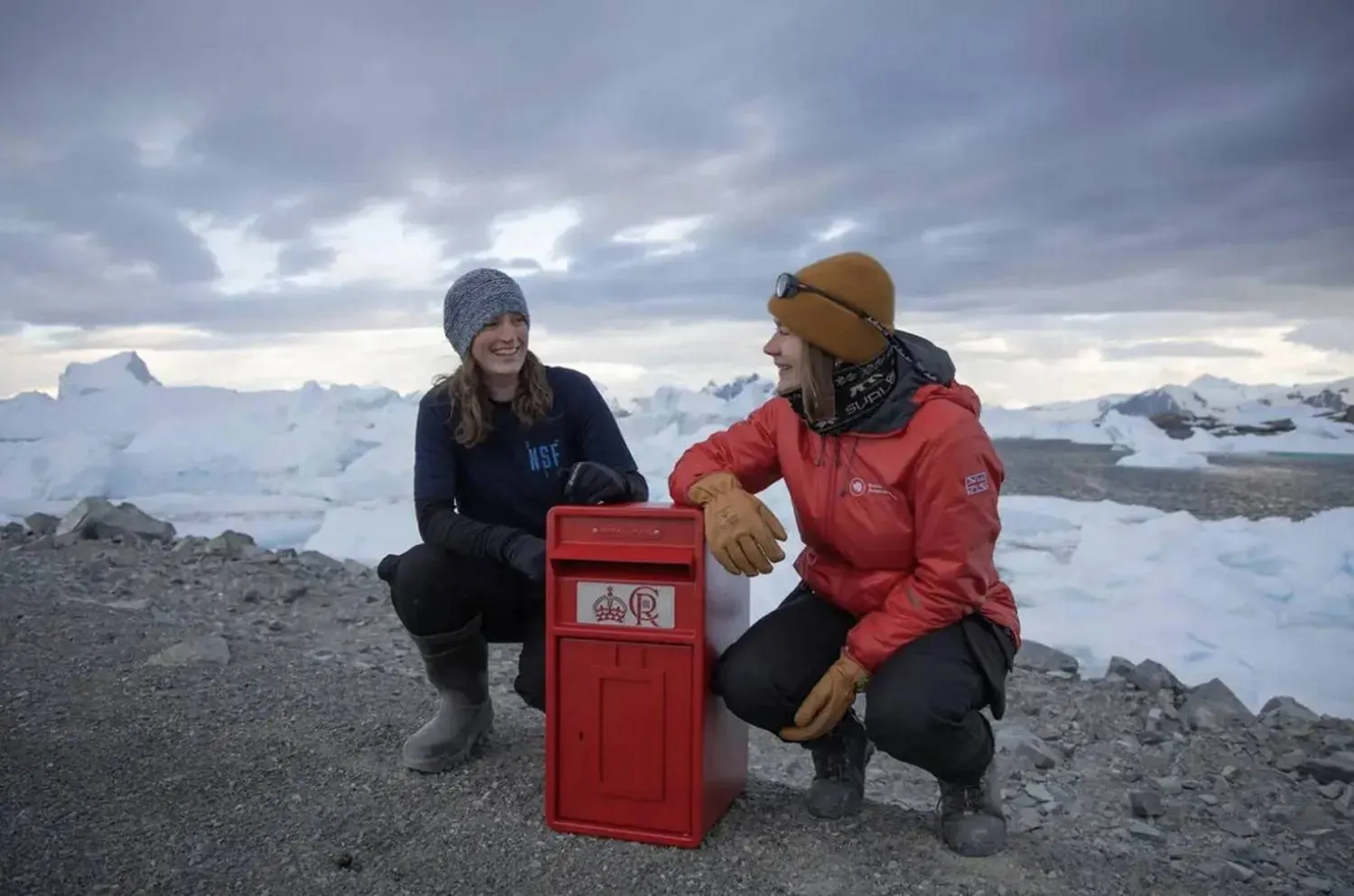The Egyptian Supreme Council of Antiquities has completed its restoration of the ancient shrine of the ancient Egyptian deity Amun-Ra in the Temple of Seti I in the city of Abydos in southern Egypt’s Sohag Governorate as part of a comprehensive project to restore and develop cultural tourist attractions that include seven other shrines.
Supreme Council of Antiquities Secretary-General Mostafa Waziri said in a press statement on Sunday that the restoration work on the Temple of Seti I and other temples and archaeological sites across the country are being conducted “within the framework of the Ministry of Tourism and Antiquities’ initiative to develop our archaeological sites so they draw more local and international tourists, and enhance cultural tourism in Egypt.”
Saadi Zaki, Director General of the Restoration of Upper Egypt Antiquities, indicated that the restoration work of the ancient cabin took about three months and included cleaning the cabin mechanically and chemically, removing the layers of soot, which covered the cabin inscriptions, and removing dust using various brushes, in addition to completing the missing parts of the walls and ceiling, and strengthening of colors, before the start of the final stage, which is insulation.
The walls of the Temple of King Seti I are decorated with inscriptions explaining how the ancient Egyptians performed religious rituals; it includes seven booths and two column halls and is reinforced by thirty-six granite columns.
Dr. Hussein Abdel Basir, Director of the Antiquities Museum of the Bibliotheca Alexandrina, said: “The Temple of Seti I, which was built in the 19th Dynasty, is one of the most beautiful archaeological temples in Egypt. It is full of colorful religious imagery. The colors in ancient Egypt can be studied through the inscriptions of this temple.”
Speaking to Asharq Al-Awsat, he addedthat “Seti I was among the greatest kings in Egyptian history, but he was overshadowed by the fame of his son King Ramses II. If there were no Ramses II, Seti I would have been the most famous king of ancient Egypt.”
For his part, Mohamed Abdel Badi, head of the Central Administration of Upper Egypt Antiquities, explained that “the shrine of the god (Amun-Ra) is one of the seven chapels in the Temple of Seti I in Abydos, and it was dedicated to the worshipers of Amun-Ra.”
“At the end of the temple, we find an imaginary door from the western side, and its walls are adorned with images representing the journey of the sacred boat to the other world and religious rituals and offerings to the deity Amun-Ra.”









